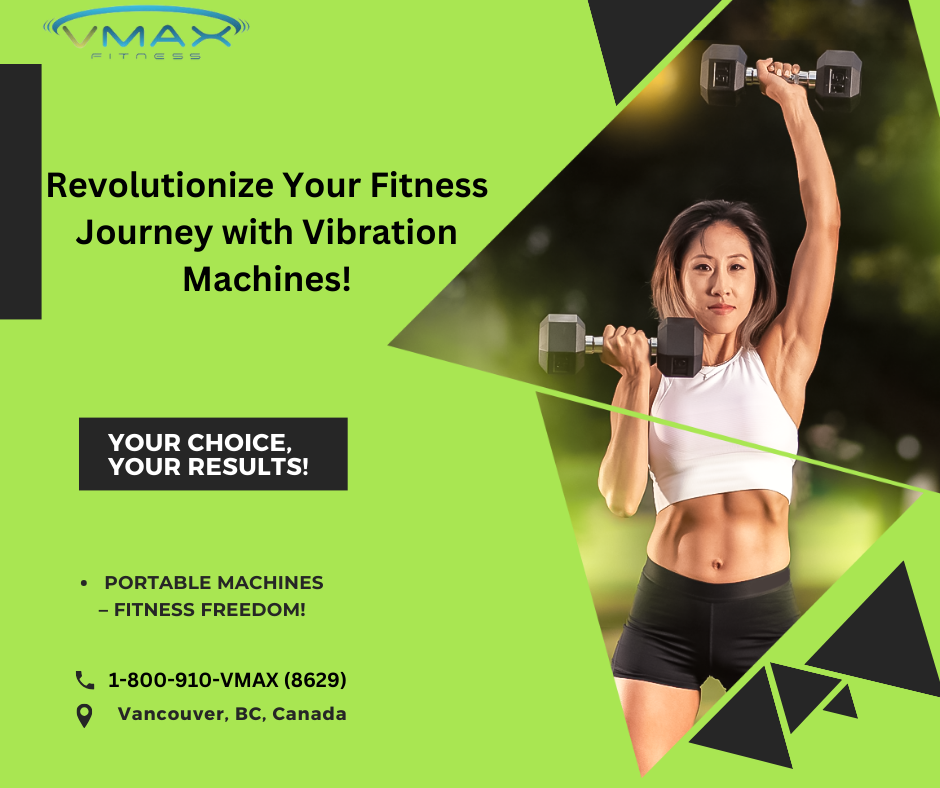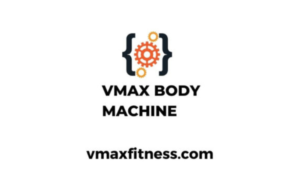I. Introduction
A. The Significance of Vibration Machine in Fitness
Vibration Machine have redefined the fitness landscape, offering an innovative approach to engaging muscles, boosting circulation, and enhancing overall well-being. Whether you’re striving for muscle growth, weight loss, or injury rehabilitation, these machines provide a versatile and effective means of achieving your fitness goals.
B. Exploring Portable and Stationary Vibration Machine
Vibration machines come in two primary categories: portable and stationary. Portable machines offer the advantage of convenience and mobility, while stationary machines provide enhanced stability and intensity, promising a robust workout experience.
II. Understanding Vibration Machine Technology
A. The Mechanics Behind
Vibration Machine operate on the principle of whole-body vibration, where controlled vibrations are transmitted through the platform to your body. These vibrations trigger rapid muscle contractions, simulating the effects of conventional workouts in a considerably shorter time frame.
B. Types of Vibration Machine: Lineal vs. Oscillating
Vibration machines utilize two main types of vibrations: lineal and oscillating. Lineal vibrations mimic the up-and-down movement of traditional strength training, while oscillating vibrations replicate a seesaw-like motion. Each type offers distinct advantages, catering to diverse fitness objectives.
C. Impacts on Muscles and the Body
The vibrations produced by these machines engage muscle fibers, intensifying muscle activation and promoting improved blood flow. This heightened circulation can aid in injury recovery, alleviate muscle soreness, and contribute to a more efficient metabolic rate.
III. Advantages and Disadvantages of Portable Vibration Machine
A. The Upsides Vibration Machine
1. Portability and Convenience
Portable vibration machines cater to the needs of fitness enthusiasts on the go, allowing you to stick to your exercise routine regardless of your location. Their compact size and lightweight design make them an excellent choice for travel and spontaneous workouts.
2. Versatility in Usage
These machines offer a wide range of exercises, accommodating everything from squats to push-ups, ensuring they suit various fitness routines. You can effectively target different muscle groups and adapt your regimen to meet evolving goals.
3. Efficient Space Utilization
They can be easily stored when not in use, making them an ideal fit for apartment living or those with modest home gyms.
B. The Downsides Vibration Machine
1. Limited Power and Intensity
Due to their smaller size, portable vibration machines may have limitations in terms of power and intensity compared to their stationary counterparts. This could potentially affect the level of muscle engagement and overall workout effectiveness.
2. Reduced Stability
The portable nature of these machines might lead to reduced stability during intense or complex exercises. Maintaining proper form and balance becomes crucial to avoid potential injuries.
3. Potential Noise and Vibration Machine
While portable machines are designed to operate quietly, certain models might generate slightly more noise and vibrations compared to stationary units. This consideration is important, especially if you share your living space with others.
IV. Weighing the Pros and Cons of Stationary Vibration Machine
A. The Benefits Of vibration Machine
1. Enhanced Power and Intensity
Stationary vibration machines often deliver more potent vibrations, leading to intensified muscle contractions and potentially more effective workouts. This heightened intensity is particularly beneficial for advanced users seeking to challenge their limits.
2. Improved Stability and Safety
The robust construction of stationary machines ensures exceptional stability, minimizing the risk of accidents or injuries during workouts. This feature is especially advantageous for individuals requiring additional support or those in the process of injury recovery.
3. Incorporating Advanced Features and Programs
Many stationary machines come equipped with advanced features, ranging from customizable workout programs to built-in sensors. These features elevate your fitness experience, enabling you to track progress and tailor routines according to your needs.
B. The Drawbacks
1. Space Consumption and Bulky Build
Stationary vibration machines tend to occupy more space and require a designated area in your home. If space limitations are a concern, careful planning is necessary to accommodate the machine.
2. Reduced Portability
The lack of portability in stationary machines restricts your ability to engage in workouts beyond your primary location. This aspect might pose a challenge if you value the flexibility of maintaining an active lifestyle during travel.
3. Financial Considerations
Stationary machines often come with a higher price tag compared to their portable counterparts. Before making a purchase, a thorough assessment of your budget is crucial, taking into account whether the added features justify the expense.
V. Suitability for Diverse Fitness Objectives
A. Muscle Building and Strength Training
Both portable and stationary vibration machines serve as effective tools for muscle building and strength training. However, stationary machines, with their heightened intensity, might be better suited for experienced enthusiasts aiming to maximize their muscle engagement.
B. Weight Loss and Fat Burning
The combination of muscle engagement and increased metabolism makes both machine types suitable for weight loss goals. Your choice can be tailored based on whether you prioritize mobility or intensity.
C. Rehabilitation and Physical Therapy
Stationary machines emerge as the safer option for injury rehabilitation and physical therapy, thanks to their enhanced stability. Prior consultation with a healthcare professional is recommended before incorporating vibration therapy into a recovery plan.
VI. Evaluating Effectiveness and Efficiency
A. Time Efficiency in Workouts
Portable machines offer the convenience of quick and flexible workouts that can easily integrate into your daily routine. On the other hand, stationary machines, with their heightened intensity, potentially deliver comparable results within shorter workout sessions.
B. Muscle Activation and Engagement
While both machine types effectively engage muscles, stationary devices’ increased power may lead to more profound muscle activation. This can be particularly beneficial for individuals seeking targeted muscle development.
C. Influence on Circulation and Lymphatic System
Both portable and stationary machines contribute to enhanced blood circulation and lymphatic flow, promoting toxin elimination and overall well-being. The choice between the two hinges on your desired intensity level and convenience.
VII. The User Experience and Comfort Factor
A. Ergonomics and Design
Portable vibration machines often prioritize ergonomic design, catering to various exercises and movements. In contrast, stationary machines may offer larger platforms and additional handles, enhancing comfort during workouts.
B. Noise Levels and Disturbances
While both machine types aim for quiet operation, portable models might generate slightly more noise due to their compact size. The robust construction of stationary machines typically dampens vibrations and reduces noise levels.
C. Intuitive Controls and User-Friendly Interfaces
Stationary machines often come equipped with advanced control panels and user interfaces, empowering you to customize workouts and monitor progress with greater ease.




